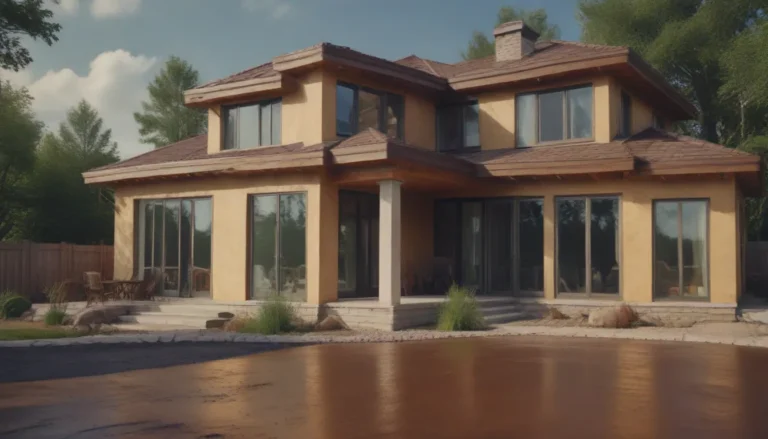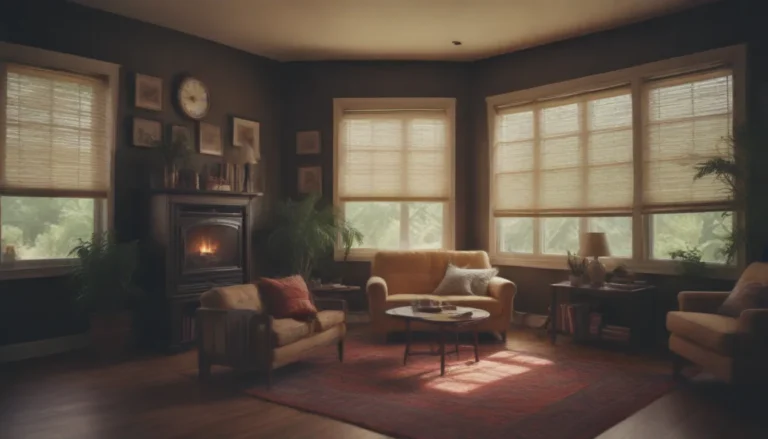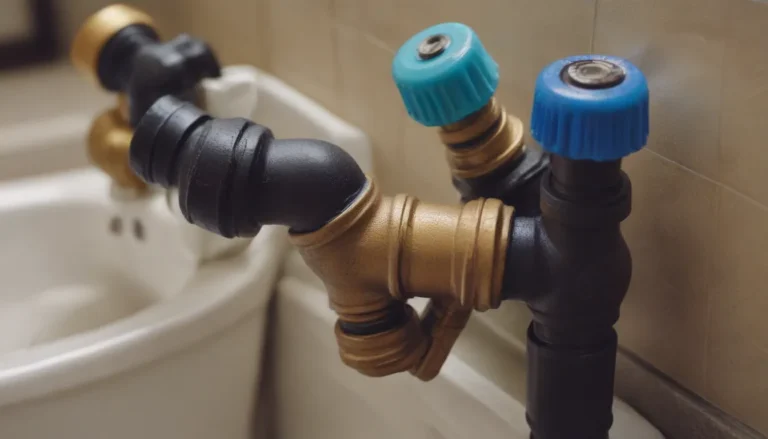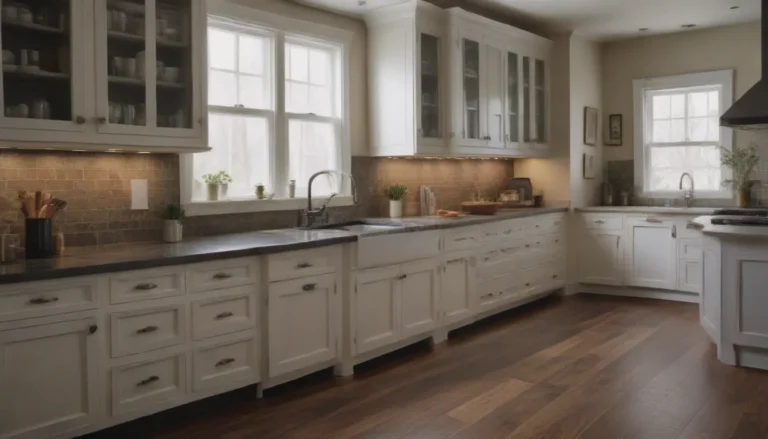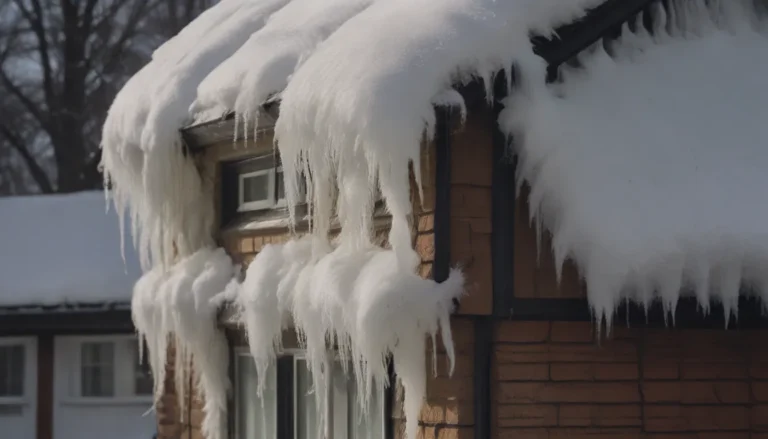The Ultimate Guide to Paint Primer: Everything You Need to Know

If you’re about to embark on a painting project, understanding the importance of paint primer is essential. Paint primer is a crucial step in the painting process that can make a significant difference in the final outcome of your project. From covering imperfections to concealing stains, paint primer plays a vital role in ensuring your paint job looks professional and lasts a long time.
In this comprehensive guide, we will dive deep into everything you need to know about paint primer. We will explore the reasons to prime before painting, when to use paint primer, the different types of paint primer, how much paint primer you need, and common paint primer colors. By the end of this article, you’ll have a thorough understanding of paint primer and how to use it effectively for your next painting project.
Reasons to Prime Before Painting
Before we delve into the specifics of paint primer, let’s first understand why it is essential to prime before painting. Here are some key reasons why priming is crucial for a successful paint job:
- Stabilizes substrate: Primer helps to create a stable surface for the paint to adhere to, ensuring a smooth and long-lasting finish.
- Covers stains: Primer conceals stains and prevents them from bleeding through the paint, giving you a clean and uniform surface to work on.
- Neutralizes colors: Primer helps to neutralize dark or vibrant colors on the surface, allowing the top coat’s color to appear as true and vibrant as possible.
- Minimizes color coats: By using primer, you can minimize the number of color coats needed to achieve the desired finish, saving you time and money in the long run.
When to Use Paint Primer
While paint primer isn’t always required, there are certain situations where using primer is highly recommended. Here are some instances where priming before painting is essential:
- Porous surface: If you’re painting a porous surface such as unfinished drywall, primer is necessary to seal the surface and provide a smooth base for the paint.
- Unfinished drywall: Primer helps to seal and prepare unfinished drywall for paint, ensuring a consistent finish.
- Glossy paint: When painting over glossy surfaces, primer is crucial to improve adhesion and prevent peeling or chipping.
- Color coat change: If you’re changing the color of a surface, using primer can help to neutralize the existing color and ensure the new color appears as intended.
- Stains: Primer is essential for covering and sealing stains to prevent them from showing through the paint.
- Skim-coats: When dealing with skim-coated surfaces, primer can help to create a more even base for the paint to adhere to.
When Not to Use Paint Primer
While priming is generally a safe bet, there are instances where you may be able to skip the primer. Here are some situations where you may not need to use paint primer:
- Walls are clean: If the surface is clean and free of imperfections, you may be able to skip the primer and proceed directly to painting.
- Surface is less porous: If the surface is less porous and in good condition, the paint may adhere well without the need for primer.
- Colors aren’t changing much: When the color change is minimal and the existing surface is in good condition, primer may not be necessary.
Types of Paint Primer
There are different types of paint primers available, each designed for specific surfaces and purposes. Understanding the different types of paint primer can help you choose the right one for your project. The main types of paint primer include:
- Water-based (latex) primers: Water-based primers are easy to clean up with water and are ideal for most interior surfaces.
- Oil-based primers: Oil-based primers offer excellent adhesion and are suitable for blocking stains and odors on surfaces.
- Shellac primers: Shellac primers are known for their fast-drying and sealing properties, making them a popular choice for sealing odors and stains.
How Much Paint Primer You Need
Before starting your painting project, it’s essential to determine how much paint primer you’ll need. Using a paint calculator can help you estimate the amount of primer required based on the surface area to be painted. This ensures you purchase the right amount of primer for your project, preventing any delays or additional trips to the store.
If You’re Using Self-Priming Paint
Self-priming paint is a convenient option for those looking to simplify the painting process. However, it’s essential to understand the limitations of self-priming paint and when it’s best to use a separate primer. While self-priming paint can save time and effort, it may not always provide the same level of adhesion and coverage as using a primer and paint separately.
As a general rule of thumb, if the walls are in good condition and the color change is minimal, you may be able to use a combination paint and primer. However, for surfaces with imperfections or significant color changes, using a separate primer is recommended for optimal results.
Common Paint Primer Colors
Paint primer is typically available in white, but it can also be tinted to the same color as the top coat. Tinted primer helps to reduce the number of color coats needed and allows the top coat to shine without interference from the underlying color. Pre-tinted primers are also available in various shades of gray, as well as reds, greens, browns, and tans.
Using a paint primer before painting is essential for achieving a professional-looking finish that lasts. Without proper preparation, your paint job may suffer from issues such as bubbling, peeling, texture, or stain bleed-through. By applying two coats of primer to the surface, you can create a solid base for the paint to adhere to, ensuring a long-lasting and beautiful finish.
In conclusion, paint primer is a critical step in the painting process that should not be overlooked. By understanding the importance of primer, when to use it, the different types available, and how much you need, you can ensure a successful painting project with professional results. Next time you pick up a paintbrush, remember the power of primer in creating a beautiful and durable finish.

